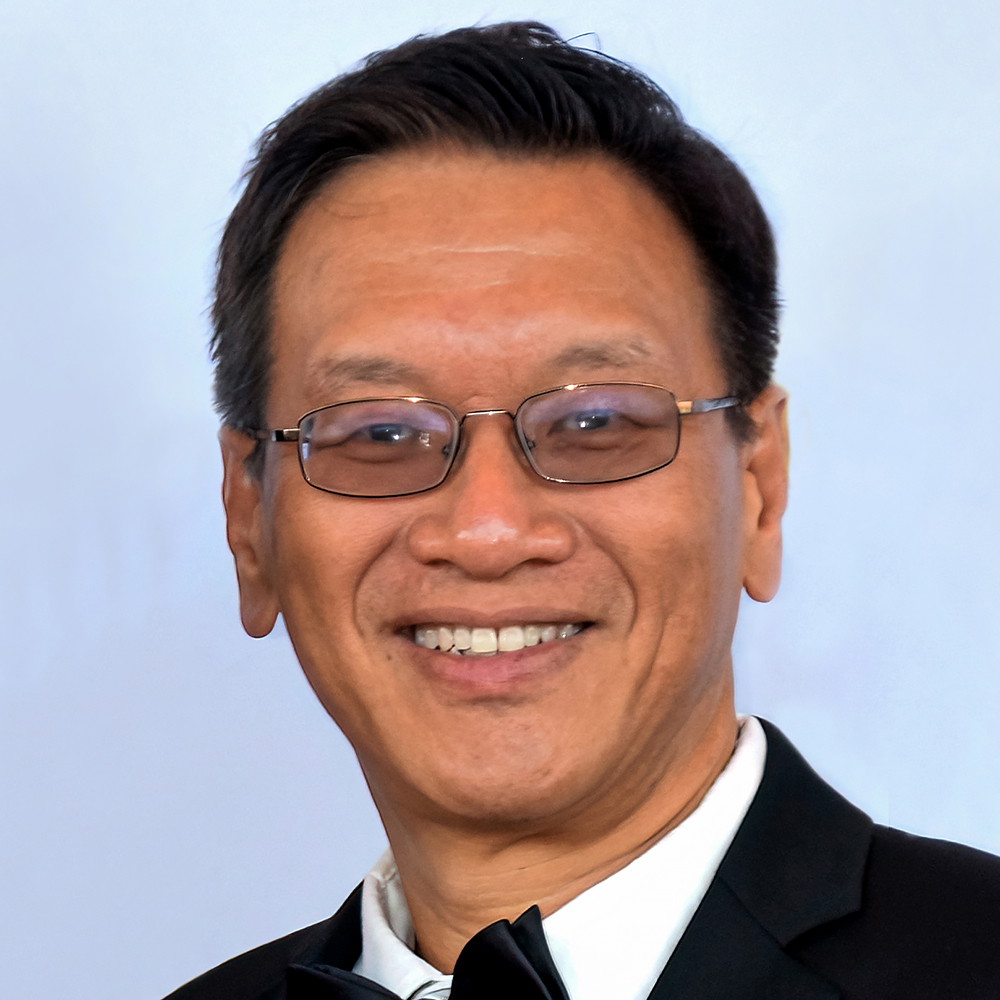Fenqiang Liu is a fine art nature photographer based in Orlando, Florida. His work captures the enchanting essence of natural Florida and transforms it into a paradise within his imagination. With an education and experience in drawing, Chinese literature, cinema, and photography, Fenqiang utilizes his unique blend of cultural influences from both the East and West, along with his artistic background and mastery of photography, to express his thoughts and emotions in a distinct and meaningful way.
Fenqiang's project, Secret Garden, aims to capture the exquisite moments of Great Egrets in their natural Florida habitat, showcasing their unparalleled beauty in all its splendor. His vision for this concept arises from overwhelming excitement and a burning desire to share his experiences with others. Recognizing that the power of a live encounter surpasses any portrayal, he strives to create an equally thrilling visual experience for the viewer. Through meticulously composed images, skillful use of light and shadow, and some digital enhancements, Fenqiang seeks to challenge the boundaries of traditional photography and create an ideal paradise that transcends realism, inspiring viewers with the captivating fantasy world within his imagination.
Fenqiang has received multiple awards from international photo contests, a testament to his passion, creativity, and dedication to the art form.
Secret Garden
AAP Magazine
Winner AAP Magazine 32 B&W
